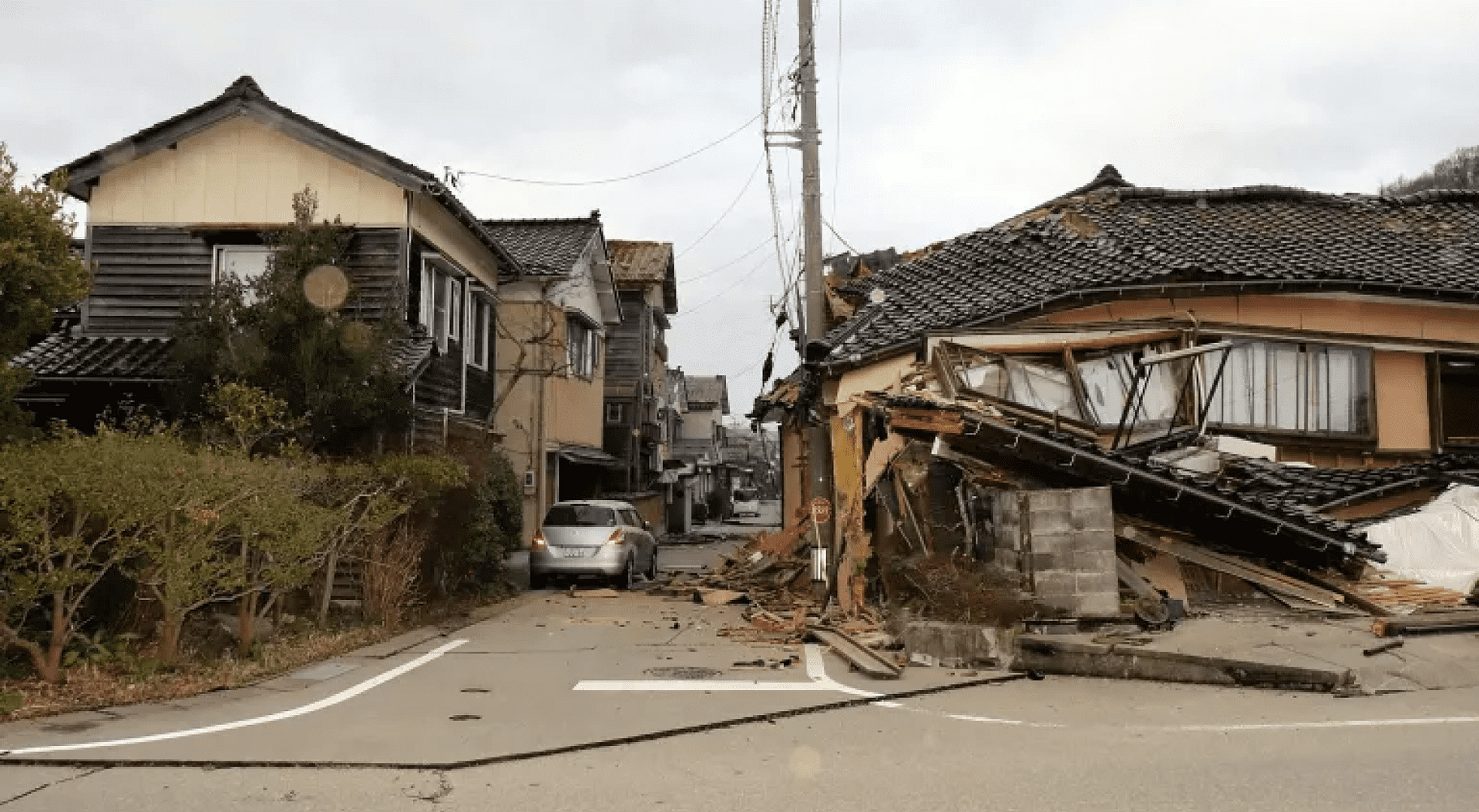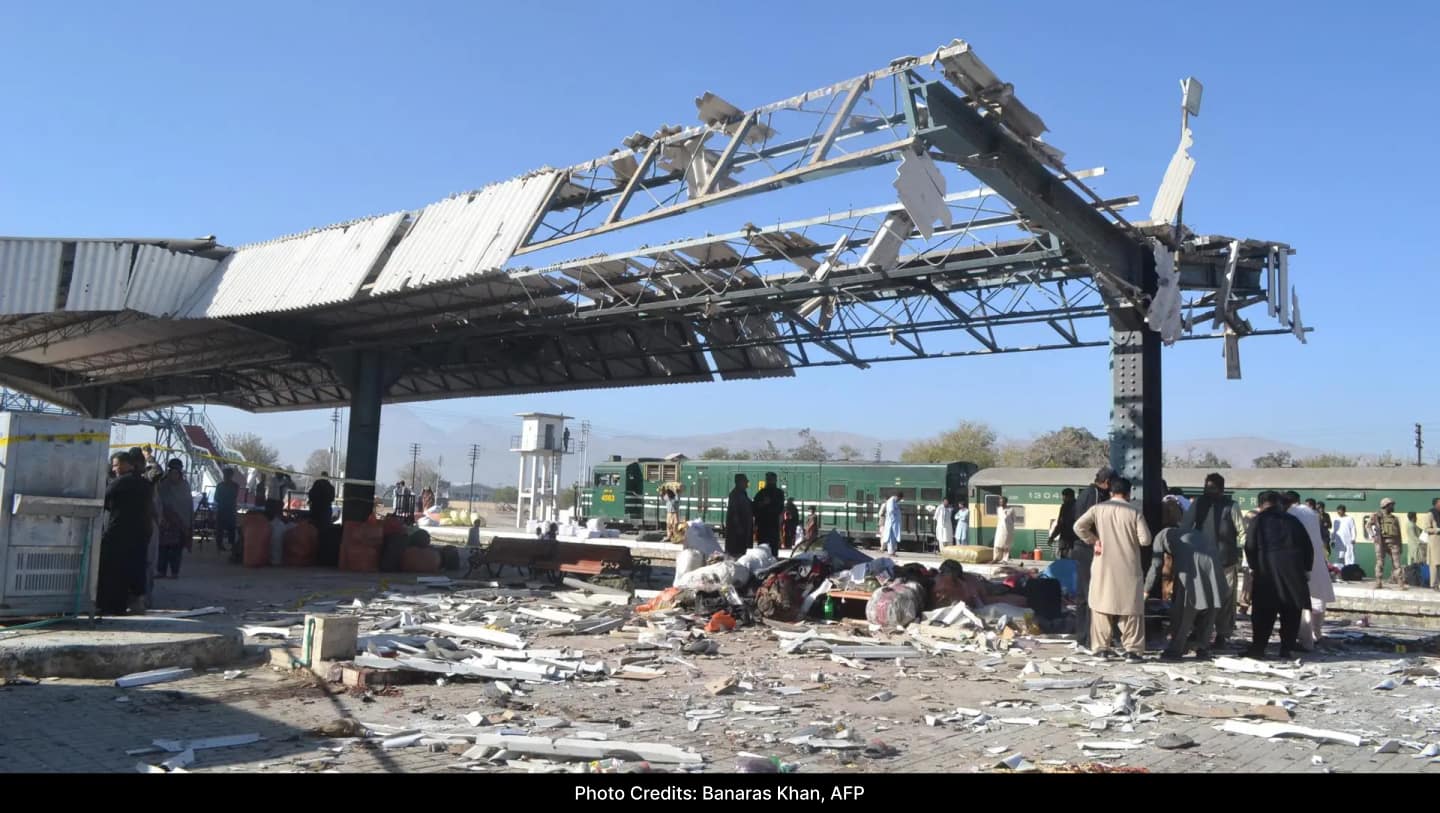A powerful earthquake has struck central Japan, killing several people, destroying buildings, knocking out power to tens of thousands of homes and forcing residents of some coastal areas to flee to higher ground.
Ishikawa prefecture officials confirmed four victims, the Kyodo news agency reported early Tuesday.
An earthquake with a preliminary magnitude of 7.6 sent waves of about 1m (3ft) along the west coast of Japan and neighboring South Korea on Monday, with authorities saying bigger waves could follow.
The Japan Meteorological Agency has issued a tsunami warning for Ishikawa, Niigata and Toyama prefectures. A major tsunami warning – the first since the March 2011 earthquake and tsunami that hit northeastern Japan – was initially issued for Ishikawa, but was later downgraded and then turned into an advisory.
Russia and North Korea have also issued tsunami warnings for some areas.
Japanese government spokesman Yoshimasa Hayashi told reporters that the earthquake had destroyed several houses and led to fires, and that army personnel had been dispatched to help with rescue operations while authorities continued to assess the damage.
More strong tremors in the area, where seismic activity has simmered for more than three years, could occur in the coming days, JMA official Toshihiro Shimoyama said.
Japanese Prime Minister Fumio Kishida told reporters he had ordered search and rescue teams to do everything possible to save lives, even as access to the quake-hit areas was difficult due to blocked roads.
Chris Gilbert, reporting from Tokyo, said authorities had found several people trapped.
“The government has identified at least six to 10 people trapped inside the buildings, and [the total number] could be much higher, given that the government is usually quite conservative with these numbers until their official [final count],” Gilbert said.
Footage broadcast by NHK showed buildings in Ishikawa collapsing and tremors shaking buildings in the capital Tokyo on the opposite coast.
More than 36,000 households lost power in Ishikawa and Toyama prefectures, utility provider Hokuriku Electric Power said.
Japan’s Nuclear Regulatory Authority said no irregularities had been confirmed at nuclear power plants along the Sea of Japan, including the five active reactors at Kansai Electric Power’s Ohi and Takahama plants in Fukui Prefecture.
The Shika Power Plant in Hokuriku, Ishikawa, which is closest to the quake’s epicenter, had already shut down its two reactors for regular inspection before the quake and had no impact from the quake, the agency said.
The South Korean Meteorological Agency said sea levels may rise in parts of Gangwon province on the east coast.
Japan is one of the countries in the world most at risk of earthquakes. A massive earthquake and tsunami struck northeastern Japan on March 11, 2011, killing nearly 20,000 people, destroying cities and triggering a nuclear meltdown in Fukushima.




